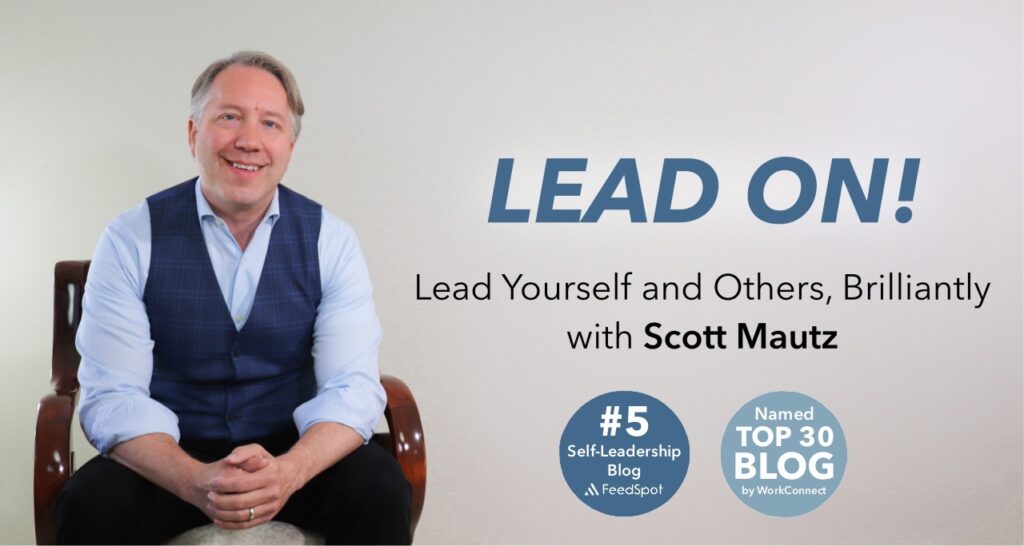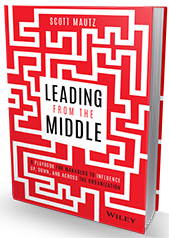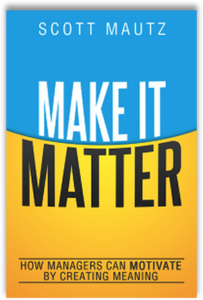
INSIGHTS (on leadership/self-leadership)
For this week’s Insights section, I enroll some of the most seasoned insight you can glean. Photojournalist M.J. Alexander traveled 12,000 miles in search of people 100-years or older to gather their insight. What follows represents some of the best Centenarian wisdom:
• “Want what you have. We didn’t have a whole lot, but we didn’t really want for anything either.” – Ida Lewis Turner, age: 101
• “Do it. I killed I can’t, therefore you CAN. You can do it. You can do anything.” – Lillie Bell Curry Blunt, age: 99
• “Treasure friendship. I’ve saved things all my life. It’s hard to realize that I don’t need any of it. It’s real friends that truly matter.” – Kristine Klostermyer Brown, age: 110
• “Blame no one. I’ve never had a bad day in my life. I can’t live my life again so I have only myself to blame if it’s wasted. I live one day at a time.” – Ida Mae Woody Wilson, age: 99
• “Forgive. I was an angry young man, full of hate for what happened to me. That anger stayed with me for many years, but I’ve forgiven those people.” – Rev. Otis Granville Clark, age: 103
• “Laugh at yourself. I have so many good-looking dresses, but I can’t wear them. It’s just hell to put on pantyhose.” – Greta Cottrell, age: 101
• “Defy expectations. I had bone troubles. When I was 5, they didn’t think I’d live to 10. When I was 10, they said I wouldn’t live to 15. Boy, they’d be surprised now.”- Ora Holland, age: 114
• “Do it now. If I’d known I was going to live this long, I would have fixed up my house.” – Ima Care Maloney Wilson, age: 101
• “Be optimistic. Look on the bright side of things instead of the gloomy side.” – Marrian Harrison Weimer, age: 99
• “Be kind. I try to do the best that I can – I try to be kind.” – Lucy Etta Benham Nelson, age: 102
• “Enjoy. Eat dessert first.” – Katherine Kubicheck Timlin, age: 105
IMPERFECTIONS (a mistake many make)
Even if you’re not a professional basketball fan, you’ve probably heard by now that the Dallas Mavericks unexpectedly traded away generational superstar, Luka Dončić (for the Los Angeles Lakers’ talented, but lower impact player, Anthony Davis). There’s a lesson for leaders within, that starts with what Mavericks GM, Nico Harrison, said about the trade:
“There’s people that fit the culture and there’s people that come in and add to the culture, and those are two distinct things. I believe the people that are coming in are adding to the culture.”
In other words, Harrison believed that players Davis and Max Christie, also included in the trade, were cultural fits, and Dončić, whose poor conditioning and work habits frustrated the GM, was not. The publication, The Athletic, pointed out the importance of culture on NBA teams, using as examples it’s importance to nine-time championship winning player and coach, Steve Kerr, and it being a very visible part of the Miami Heat (the Heat’s culture has been written on their arena’s basketball court hardwood).
Professor of Organizational Behavior at INSEAD, Spencer Harrison, says it’s important to think of culture in two, distinct pieces. There are the set of shared values, passed down from the top, called the “Big C” culture, while everything else, the day-to-day interactions, is a company’s “Small C” culture.
Apparently, Dončić wasn’t living up to either C.
Which brings me to my question. Do you have players on your team, that, despite how prolific their output, are simply not good cultural fits? People for whom it’s time to have a “cultural intervention?” All too often, leaders make the mistake of not addressing such people, often because they’re producing, which “justifies” looking the other way. But research shows just one “bad apple” can spoil the entire cultural cart, spilling over into longer-term, deeper, productivity and achievement problems.
Now, I’m not saying you have to remove cultural offenders from your organization (although I’m not saying you shouldn’t, either). At a minimum, it’s time to sit with the problematic person and reinforce the team culture you’re trying to build (the big “C”), while spelling out the daily behaviors you expect to see flowing from that (the little “C”). Helping them understand how their behavior impacts the desired culture, and the consequences of not adjusting, is essential.
IMPLEMENTATION (one research-backed strategy, tip, or tool)
Here’s a simple tool to keep you focused on continually motivating and inspiring your employees, or anyone in your life, versus inadvertently denting their self-confidence. You can either plant seeds of growth with your words and actions, or plant seeds of doubt. Which will you do? Here’s what the two sets of behaviors look like, laid out to help you more intentionally stay on the empowering side:





Leave a Reply